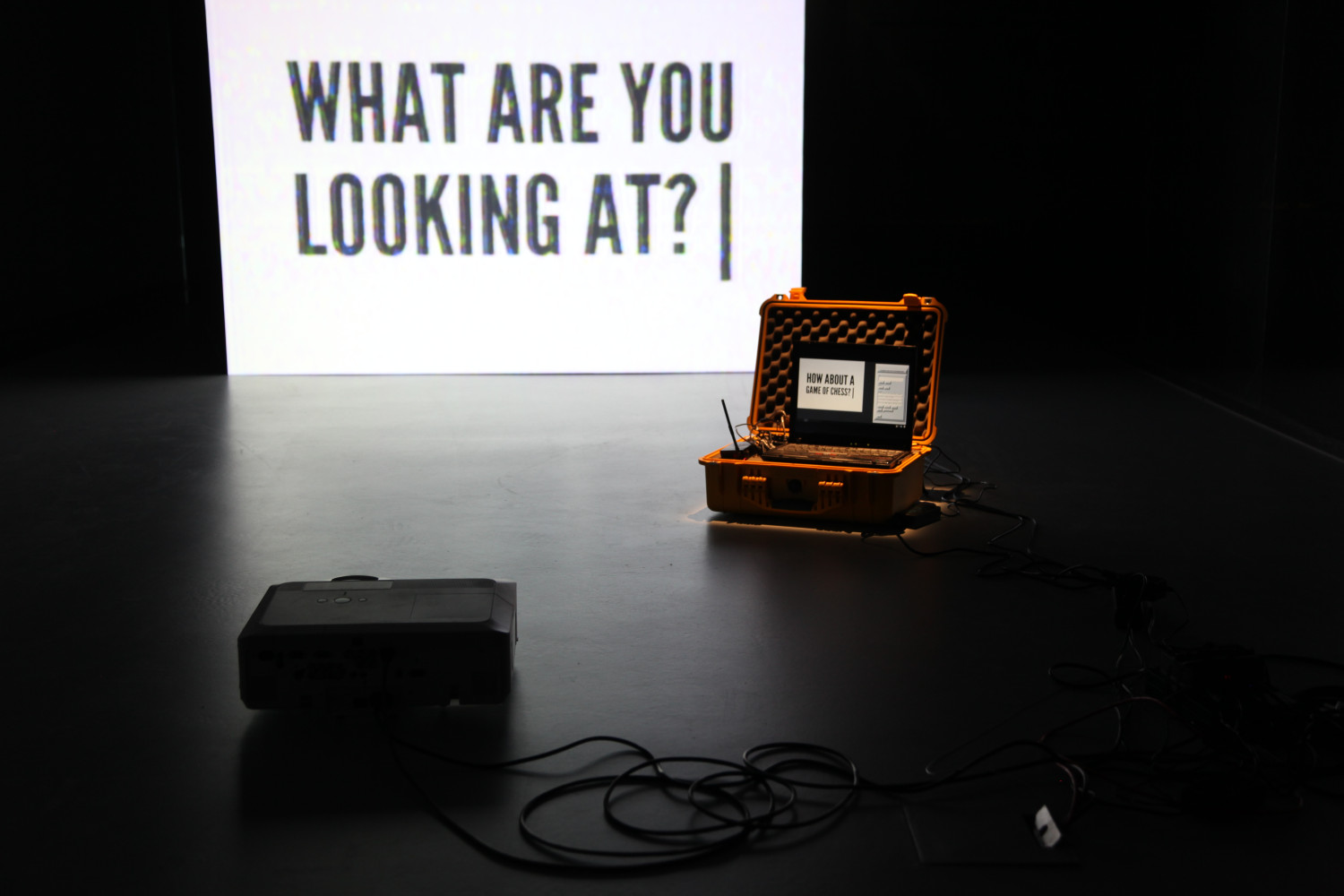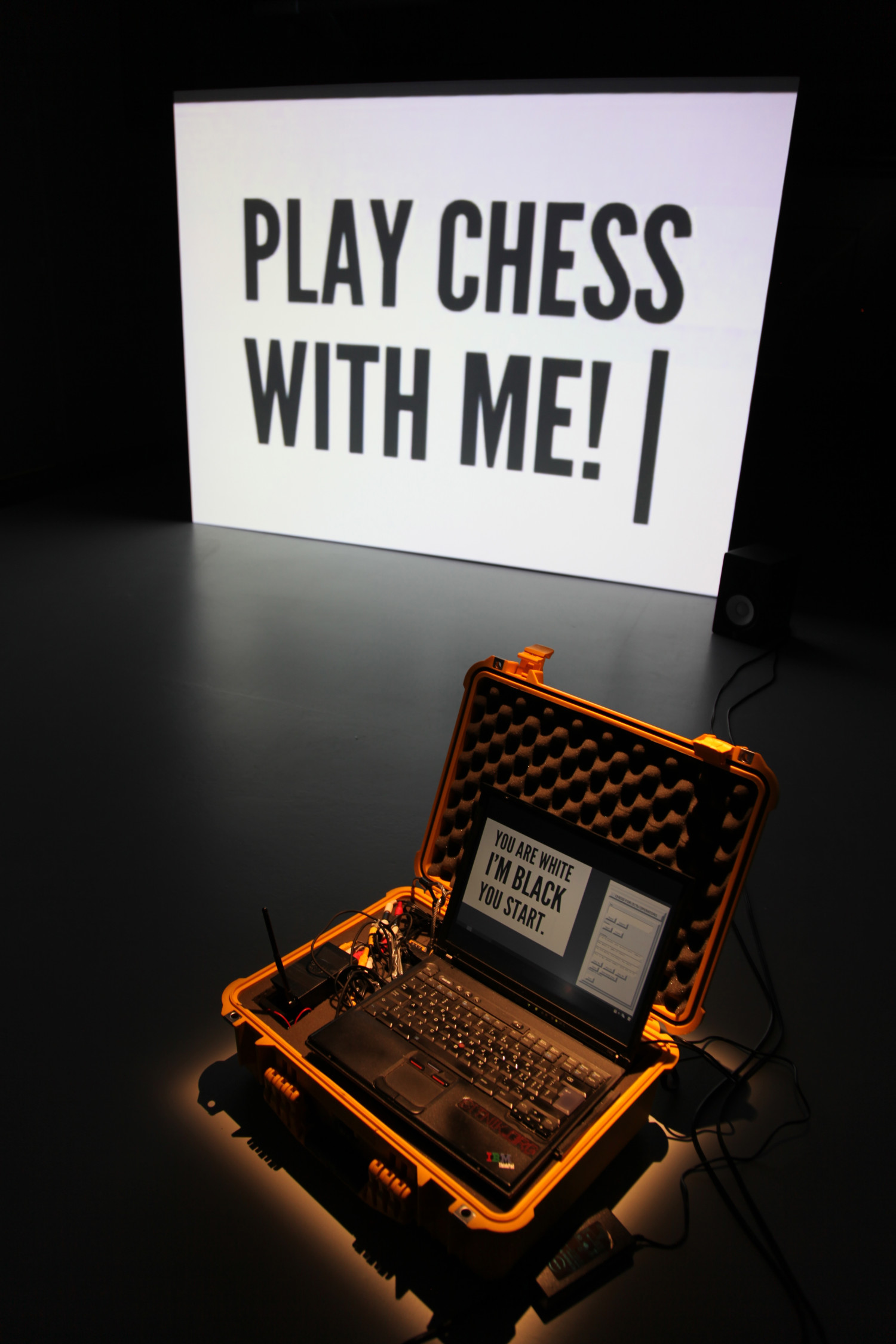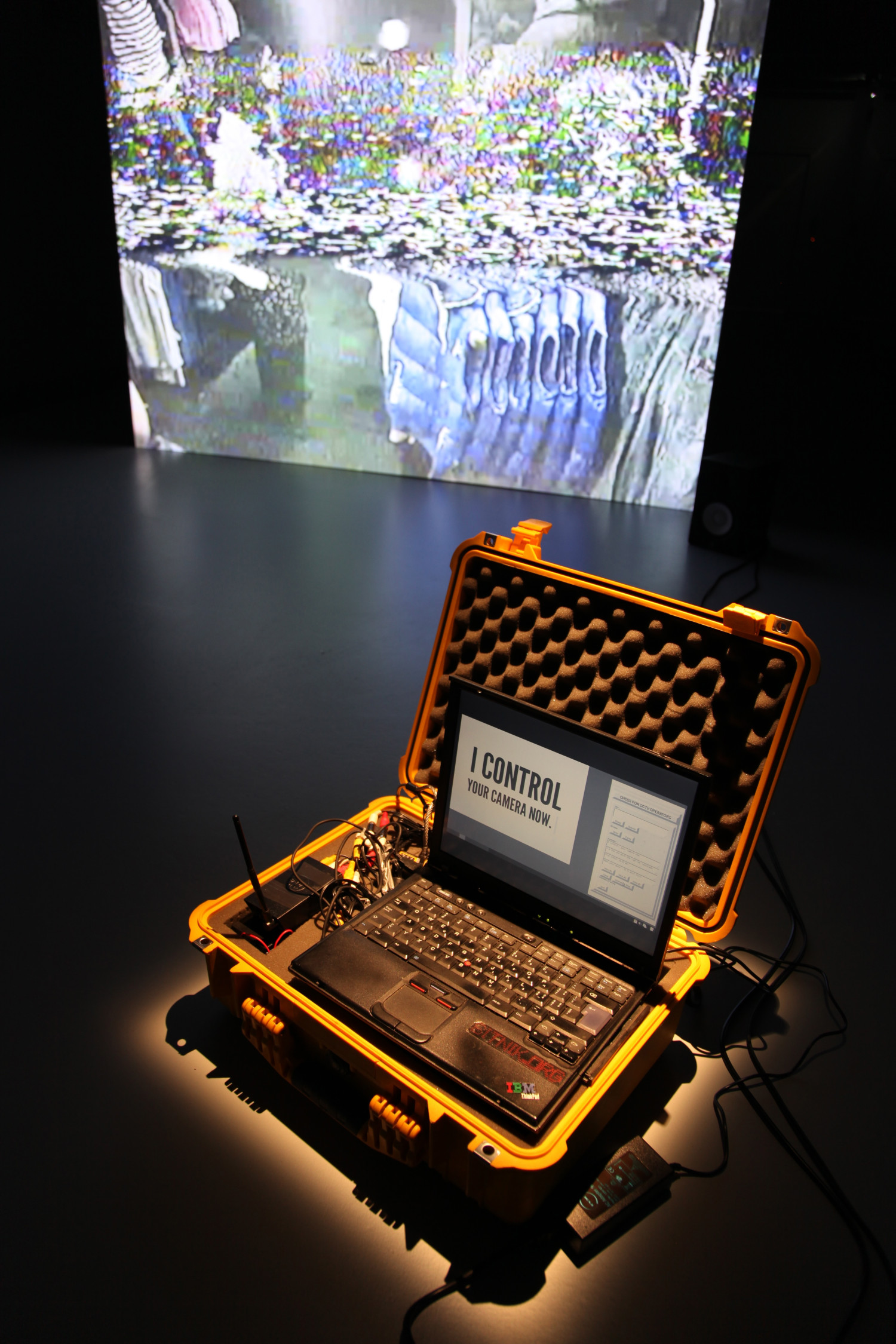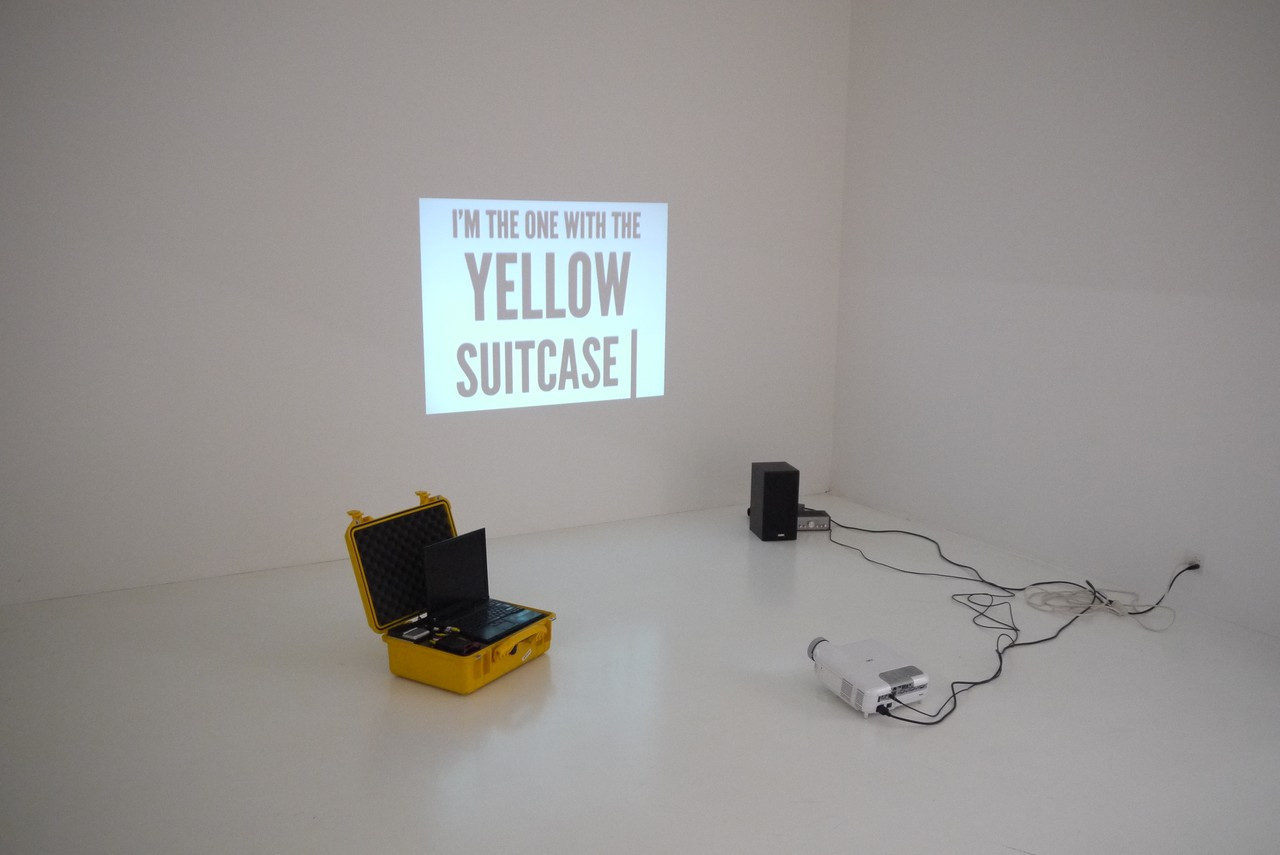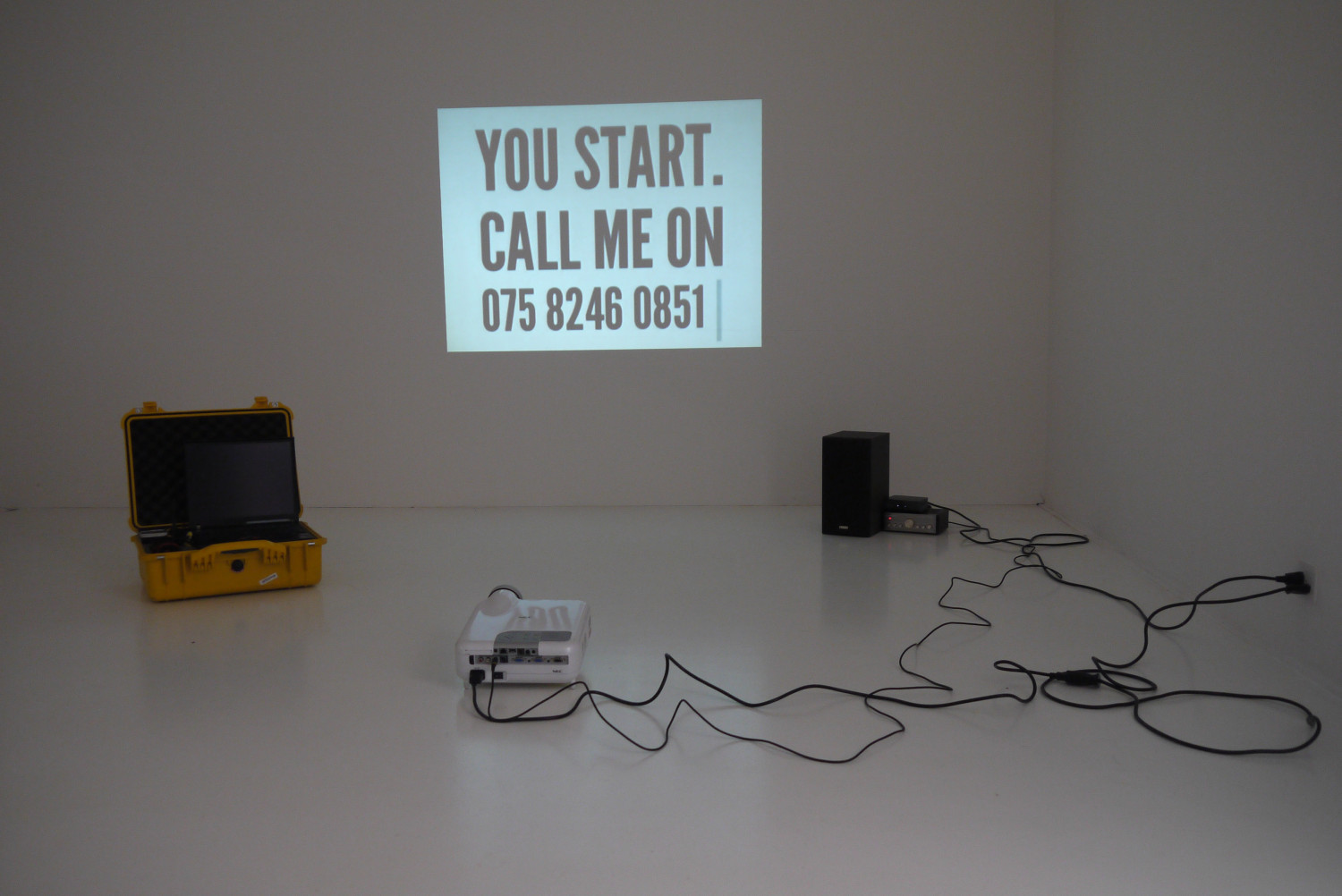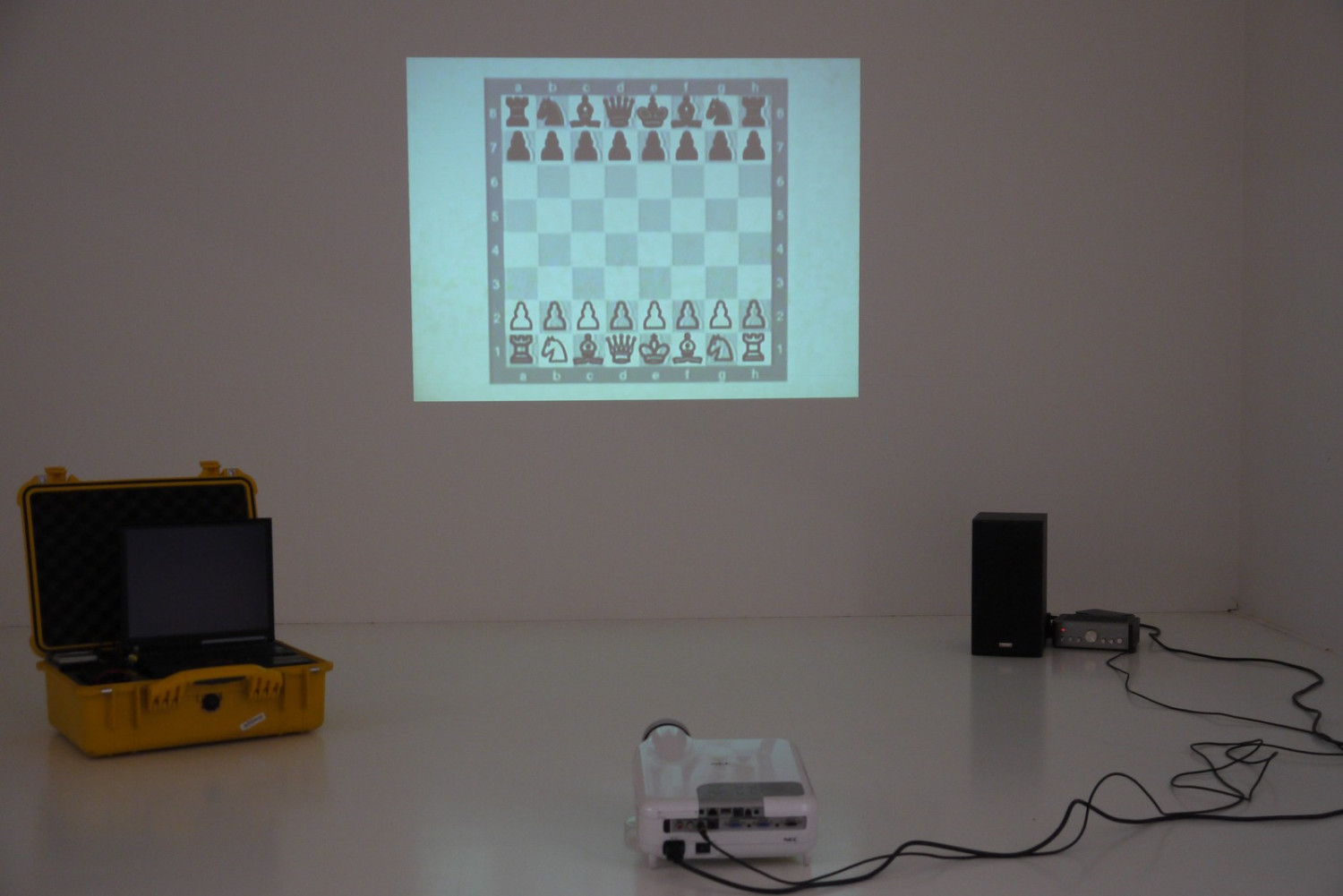London. 2012. On the brink of the Olympic Games. A tube station in one of the most surveilled public spaces in the world. !Mediengruppe Bitnik intercepts the signal of a surveillance camera: business people making their way to the Underground, a man in a suit looking for the right exit. From the left, a woman with a yellow suitcase walks into the frame of the surveillance camera. She opens her suitcase and activates a switch.
This is the moment when Bitnik takes over. The surveillance image drops out, a chess board appears on the surveillance monitor and a voice from the loudspeakers says: ‘I control your surveillance camera now. I am the one with the yellow suitcase.’ The image jumps back to the woman with the yellow suitcase. Then the image switches to the chess board. ‘How about a game of chess?’, the voice asks. ‘You are white. I am black. Call me or text me to make your move. This is my number: 07582460851.’
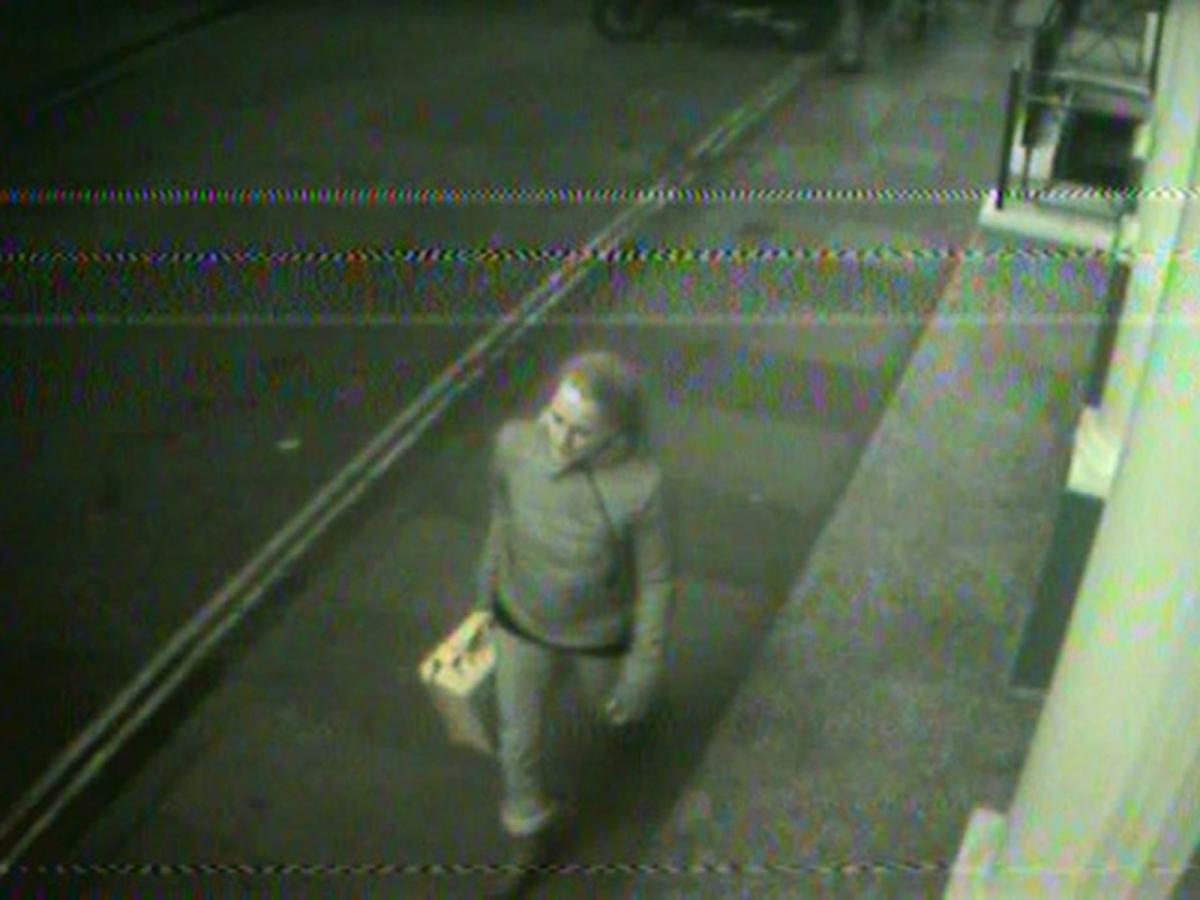
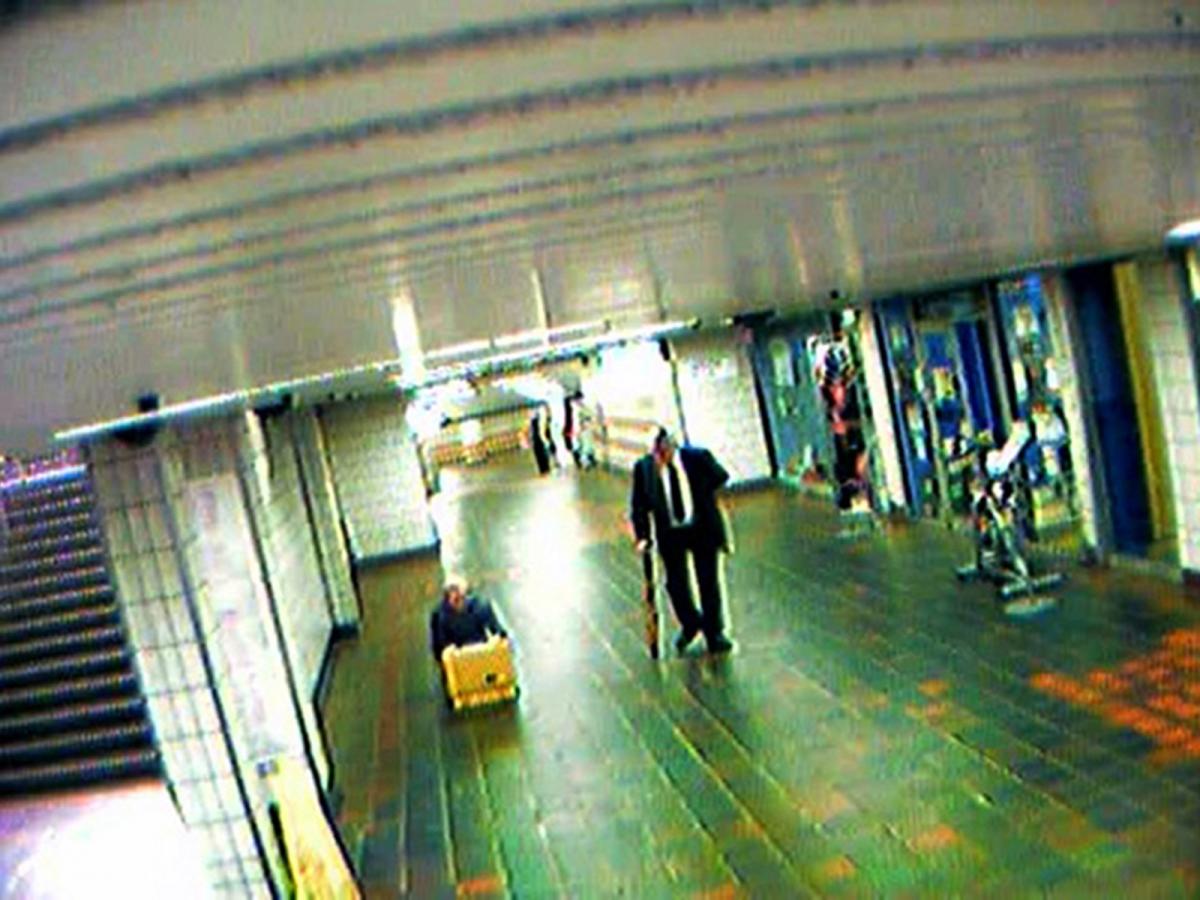
In Surveillance Chess, !Mediengruppe Bitnik re-evaluates surveillance-scapes as part of public space, just before the Olympic Games in 2012. By manipulating unencrypted connections between monitoring cameras and control centres, !Mediengruppe Bitnik replaces the real-time image on the monitor with a personal invitation to play chess. They open up a playful situation between themselves and those who monitor the security cameras in the control centre. Both players are now submitted to the same rules and opportunities. The one-dimensional monitoring system is transformed, it becomes a medium of communication. At this moment, the public space, privatised and controlled by opaque surveillance systems, is being redesigned. The cards are reshuffled, the game can begin, it is open-ended.
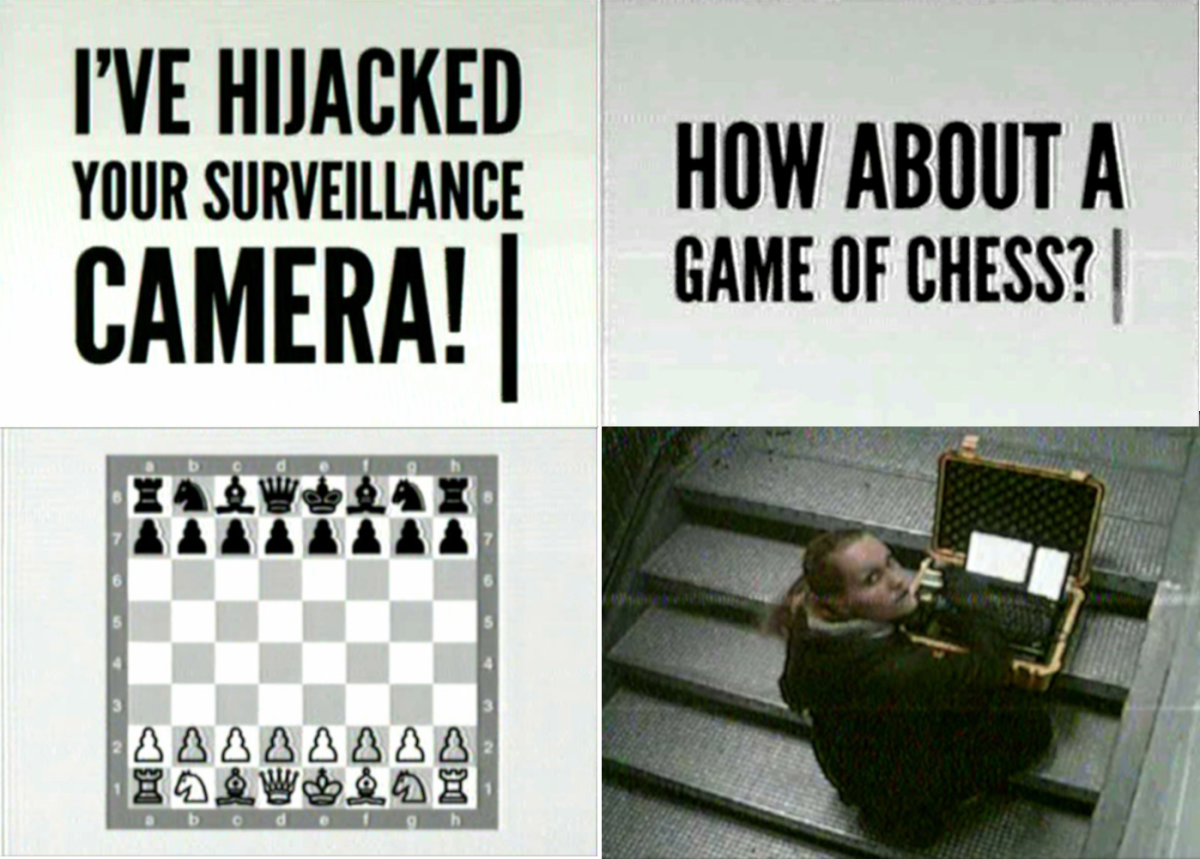
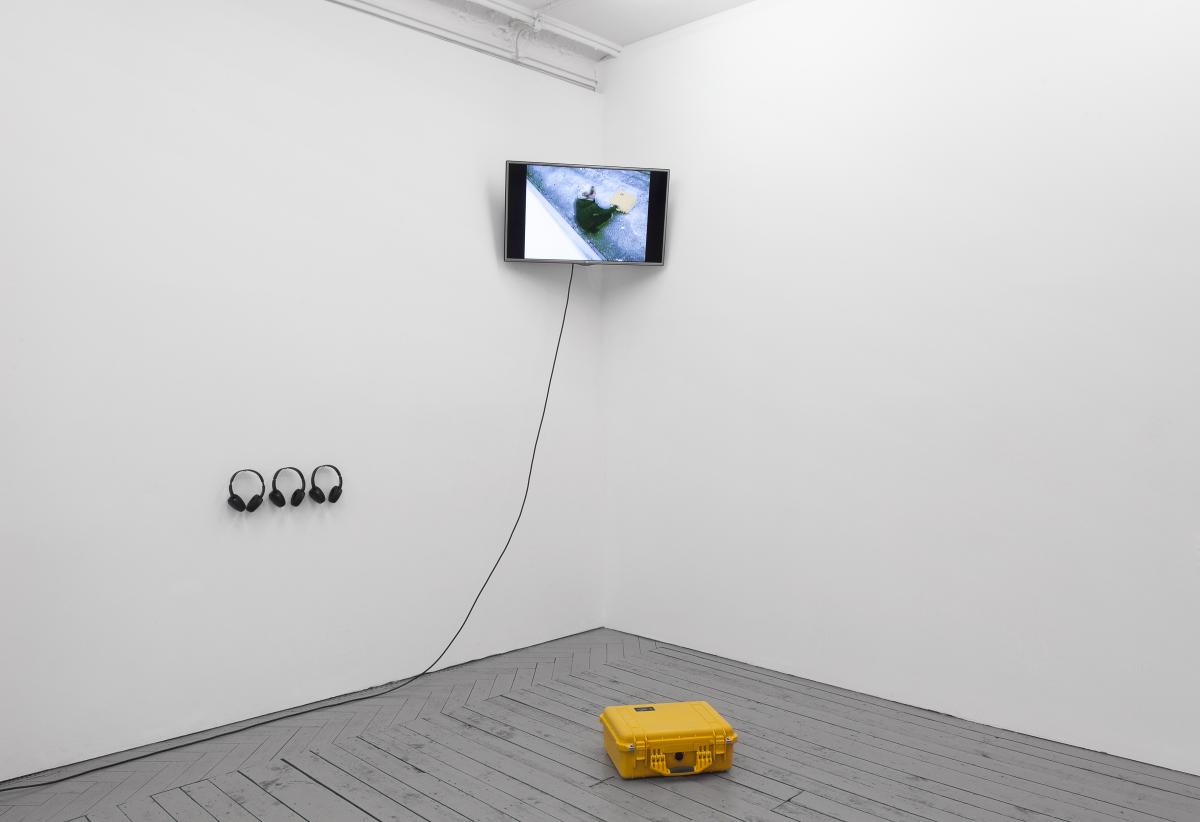
🕳️ Further reading: Artist reflection (en/de) about CCTV works from the catalogue: Hacking The City, Folkwang Museum
